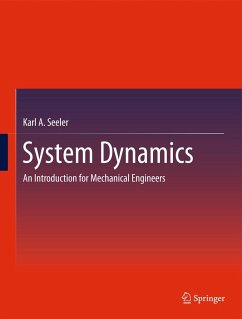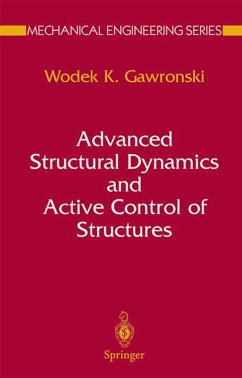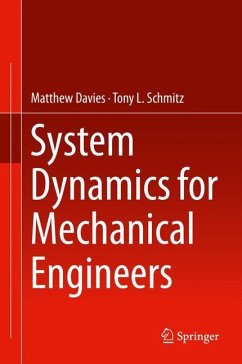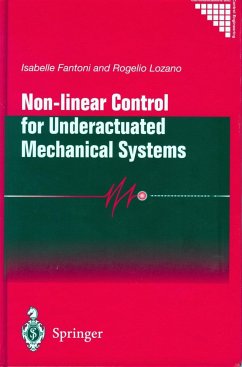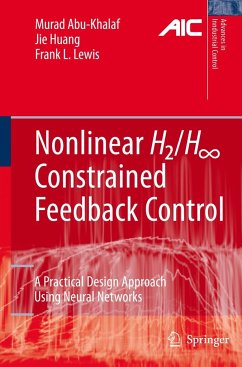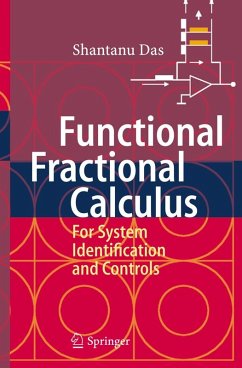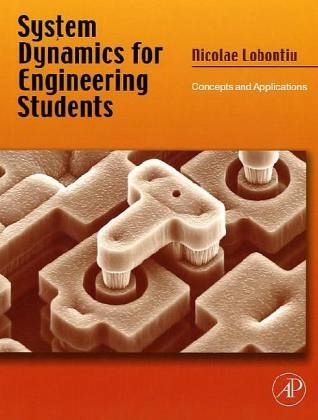
System Dynamics for Engineering Students
Concepts and Applications
Versandkostenfrei!
Versandfertig in 6-10 Tagen
66,99 €
inkl. MwSt.
Weitere Ausgaben:

PAYBACK Punkte
33 °P sammeln!
Takes a classical approach to system dynamics and rearranges it into a more logical teaching progression. Has a balanced coverage of the main field systems (mechanical, electrical/electromagnetic, thermal and fluid/pneumatic), and is the first system dynamics textbook to include extensive examples from the relatively new application areas of microelectromechanical systems (MEMS) and compliant (flexible) mechanical devices. The author has extensive teaching and research experience in the field of MEMS/NEMS, and provides unique coverage of couple-field problems and offers more ancillary instructor support than any other system dynamics text.
System Dynamics for Engineering Students: Concepts and Applications discusses the basic concepts of engineering system dynamics. Engineering system dynamics focus on deriving mathematical models based on simplified physical representations of actual systems, such as mechanical, electrical, fluid, or thermal, and on solving the mathematical models. The resulting solution is utilized in design or analysis before producing and testing the actual system.
The book discusses the main aspects of a system dynamics course for engineering students; mechanical, electrical, and fluid and thermal system modeling; the Laplace transform technique; and the transfer function approach. It also covers the state space modeling and solution approach; modeling system dynamics in the frequency domain using the sinusoidal (harmonic) transfer function; and coupled-field dynamic systems.
The book is designed to be a one-semester system-dynamics text for upper-level undergraduate students with an emphasis on mechanical, aerospace, or electrical engineering. It is also useful for understanding the design and development of micro- and macro-scale structures, electric and fluidic systems with an introduction to transduction, and numerous simulations using MATLAB and SIMULINK.
The first textbook to include a chapter on the important area of coupled-field systems
Provides a more balanced treatment of mechanical and electrical systems, making it appealing to both engineering specialties
The book discusses the main aspects of a system dynamics course for engineering students; mechanical, electrical, and fluid and thermal system modeling; the Laplace transform technique; and the transfer function approach. It also covers the state space modeling and solution approach; modeling system dynamics in the frequency domain using the sinusoidal (harmonic) transfer function; and coupled-field dynamic systems.
The book is designed to be a one-semester system-dynamics text for upper-level undergraduate students with an emphasis on mechanical, aerospace, or electrical engineering. It is also useful for understanding the design and development of micro- and macro-scale structures, electric and fluidic systems with an introduction to transduction, and numerous simulations using MATLAB and SIMULINK.
The first textbook to include a chapter on the important area of coupled-field systems
Provides a more balanced treatment of mechanical and electrical systems, making it appealing to both engineering specialties





